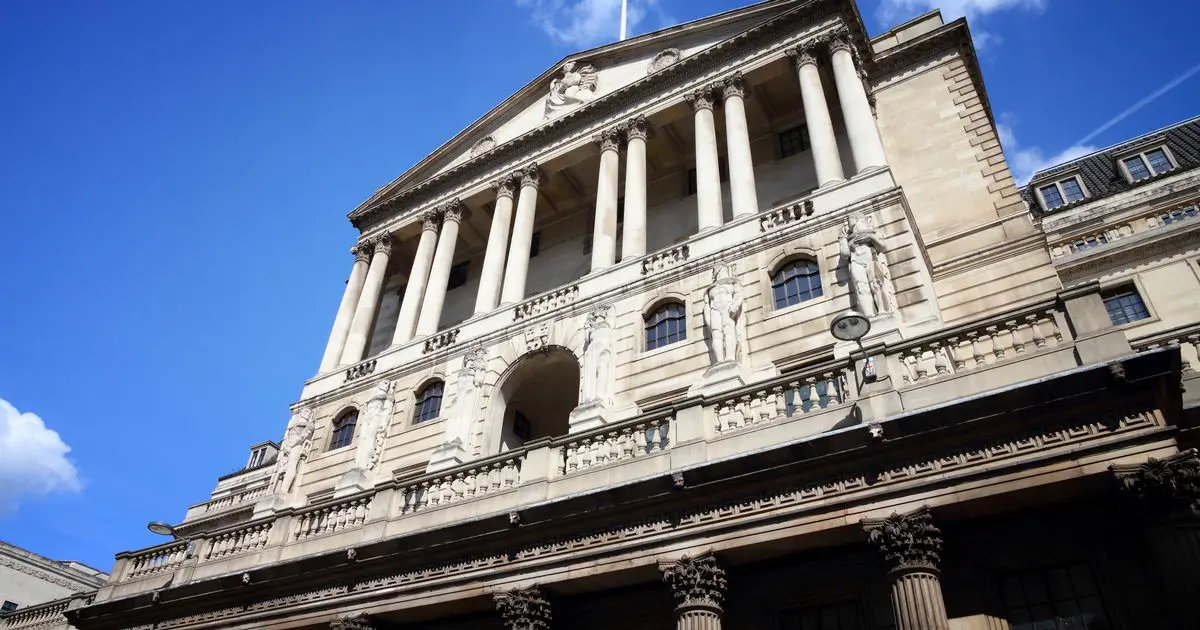In an attempt to curb rapid inflation, the Bank of England (BoE) will increase interest rates, to what many economists predict will be 0.5 percent, up from 0.25.
Official inflation reached 5.4 percent in December, the highest level since March 1992 – while the BoE has warned it could rise further to six per cent come April.
This is three times higher than the UK Government target.
Steffan Ball of Goldman Sachs said the BoE might be forced to increase interest rates further later in the year, perhaps to as high as 1.25 per cent.
The increase in borrowing costs further complicates the business landscape still shattered from the peak of the Covid-19 pandemic, in which many took out loans to survive.
Who are high interests rates good for?
Rising interest rates are generally good for financial industries which include banking, mortgage companies and insurance.
Those who lend see significant benefits, as borrowers have to pay back more money than they would have previously.
As a general rule, interest rates rise with inflation, as banks and lenders want more back from their loans, to compensate for the decrease in purchasing power of the money they are being paid.
It is also good news for those with flexible rate savings accounts. A hike in interest means you will receive a greater dividend from these accounts than previously.
However, it is disappointing for those who spend or who cannot afford to save.
The UK’s rampant inflation means much of Britain is far worse off than before the pandemic.
This is because, though wages have risen, the cost of living has multiplied. In real terms, this has meant an effective wage decrease and the pound in your pocket is worth less than before.
Low-interest rates mean the cost of borrowing is cheaper, meaning more money is spent and inflation often increases. This is why the Bank of England has raised rates.
Who sets interest rates?
The Bank of England’s Monetary Policy Committee (MPC) sets interest rates. The committee consists of a team of nine economists and meets eight times a year – roughly once every six weeks.
During thee meetings, they consider data on how the economy is performing and regularly vote on whether to intervene by changing interest rates.

